
B Datta Ray

Showing all 14 books


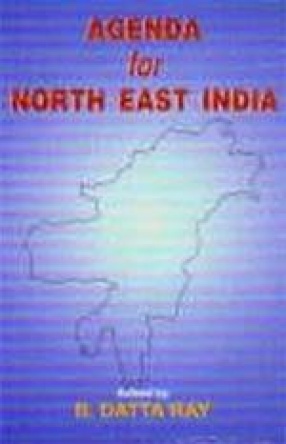
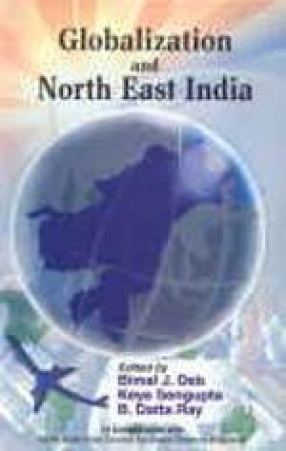

The establishment of British power in North East India was a prolonged process of piecemeal conquest consolidation and colonization of the economy since 1826. There had been an awareness of the exploitative nature of the colonial rule initially for the collection of revenue. With the discovery of tea, coal and petroleum in subsequent times, the exploitation became severe.The popular resistance took the form of civil rebellions, tribal uprisings and peasant ...


North East India with its large untapped hydel power, mineral resources, virgin forests, sturdy people and vast water resources remain in the backyard of development. In the twenty-first century the crucial challenge facing North East India is how to achieve a balance between economy and ecology in order to ensure sustainable social and economic development preserving the basic cultural matrix, ethical values and equalitarian ethos. This calls for a truly ...

The volume analyses and suggests remedies for countering the degrading social situation. The towns are fortresses of wealth surrounded by hungry people, the victims of poverty. The poverty is due to low land-man ratio, dependence of the poor on wage income and their inability to find wage employment throughout the year in the villages. The papers included in this volume are an attempt to study the issues.

There is an urgent need to identify the factors inhibiting the emergence of local entrepreneurship in different sectors among the ethnic groups of North-East India societies. Is the quantum of capital made available since 1950 for industrialisation adquate? Or are the non-economic factors like the traditional soft-life style and the attitude of the bulk of the indigenous people, their surrender to fatalism responsible for this lack of economic development of ...

Towns are the focal points of trade and administration. Administrative compulsions, economic and commercial necessities influence the location and development of towns. Strategic requirements also determine the setting up of new and small towns. New towns in North-East India are over grown villages; trading centres with some rural development administrative outfits which become urban settlements. Most of the urban centres do not enjoy modern sanitation ...
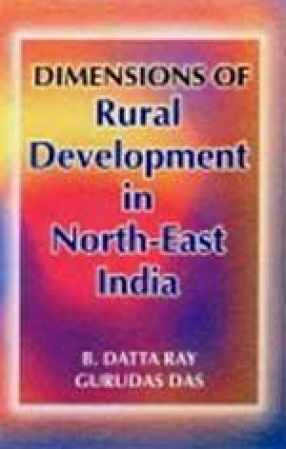
The North Eastern Region (NER) is predominantly rural and hilly. The topography of the region has largely shaped its economy. The development of the region is intimately associated with the question of rural development. The rural-urban dualism may essentially be seen as the product of the failure of market mechanism. State intervention in favour of the rural sector is thus seen as a sine-qua-non for rural development. This volume takes a look at the development ...
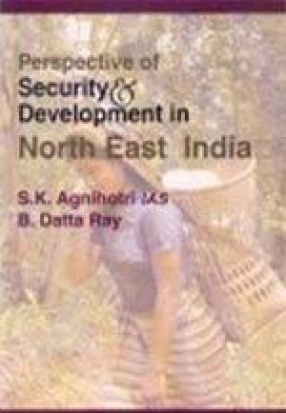
The papers in this volume, presented at a workshop, organised by the North eEast India Council for Social Science Research, address various issues pertaining to security and development in North east India. Taking stock of security scenario, both internal and external, they trace the reasons for militancy and insurgency and examine their adverse impact on economic and industrial development of North-east India. The contributors further discuss the problems of ...

The twenty-six papers in this volume, presented at a National Seminar, organised by the North East India Council for Social Science Research, Shillong, take stock of the state of agriculture in North-East India. Analysing the impact of recent agricultural changes on population growth, migration and health of the rural people in the region, the contribution address a variety of issues concerning crop diversification pattern, land size and productivity, land use ...
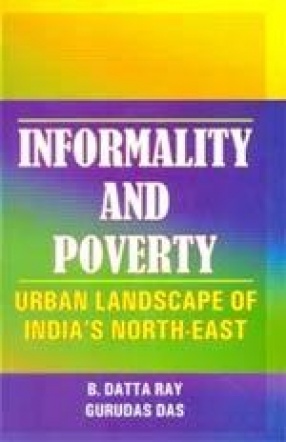
Industrialization-urbanization equation an hardly explain the growth of the urban spaces in most of the developing regions of the world in general and the underdeveloped areas within them in particular. The process of urbanization in such cases can best be explained in terms of social, political and demographic forces rather then the forces of economics. Contributions in this volume have made an attempt to understand the nature of growth of the urban areas in ...



According to current statistics and estimates, approximately 36 per cent of the people of North-East India are below the poverty level. In Meghalaya, for instance, 50 per cent of the households are below the poverty level. This, according to the editors of this volume, implies that these who live below poverty level are unable to buy enough food. In almost all the states of North-East India the availability of all the food items taken together ...

This book having 29 papers presented at a national seminar, organized by the North East India Council for Social Science Research, Shillong, attempts to assess the prospects and constraints facing North East India in absorbing the New Economic Policy in its political economy. Analyzing the implications of New Economic Policy for the development of the North East region, the contributors address a wide range of issues concerning the market-oriented reforms in ...
